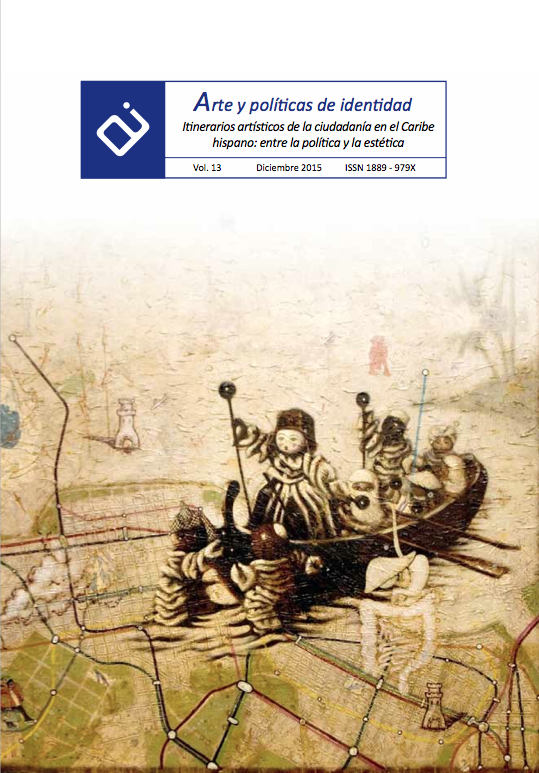Animated Film and the Construction of a Caribbean Cultural Identity: ¡Vampiros en la Habana! by Juan Padrón and Chico y Rita by Fernando Trueba and Javier Mariscal.
Abstract
This article aims to analyze the representation of cultural identity in two animated films: ¡Vampiros en la Habana! (1985) produced by Cuba’s ICAIC studios, as compared to a recent production from Spain, Chico y Rita (2010), directed by Fernando Trueba and Javier Mariscal. I argue that while Padrón’s film uses humor as a device to deal with the complex political and social context of the eighties, it also emphasizes the Cubanness of its characters, conjugated as both cubanía and cubaneo. Trueba and Mariscal, in turn, use animation language to mold their movie along the lines of cubanismo or “Buena Vista effect”, i.e. the commodification of a local (Cuban) identity. Animation here serves as a way to stress movement, sensuality and music of the region and the “Caribbeanness” of the characters. While Chico y Rita has no particular political message and goes beyond local and national concerns, the film is not exempt of the well-known stereotypes applied to the Caribbean.Downloads
Download data is not yet available.
Metrics
Views/Downloads
-
Abstract460
-
PDF (Español (España))736
26-01-2016
Van Haesendonck, K. (2016). Animated Film and the Construction of a Caribbean Cultural Identity: ¡Vampiros en la Habana! by Juan Padrón and Chico y Rita by Fernando Trueba and Javier Mariscal. Arte Y Políticas De Identidad, 13(13), 59–78. https://doi.org/10.6018/250911
Articles
Works published in this journal are subject to the following terms:
- The Service of Publications from the University of Murcia (publishing house) keeps the published works’ copyrights, and favors and allows the reuse of these works under the license indicated in point 2.
- Works are published in the journal’s online edition under the license Creative Commons Reconocimiento-NoComercial-SinObraDerivada 3.0 España(texto legal). They can be copied, used, disseminated, transmitted and publicly exhibited, as long as: i) the author and original source of publication are cited (journal, publishing house and work’s URL); ii) they are not used for commercial purposes; iii) the existence and specifications of this license are mentioned.
3. Conditions for auto-file. It is allowed and encouraged that authors share electronically their pre-print version (the pre-reviewed version) and /or post-print version (the reviewed and accepted version) of their Works before the publication, since it promotes its circulation and dissemination. RoMEO color: green.










